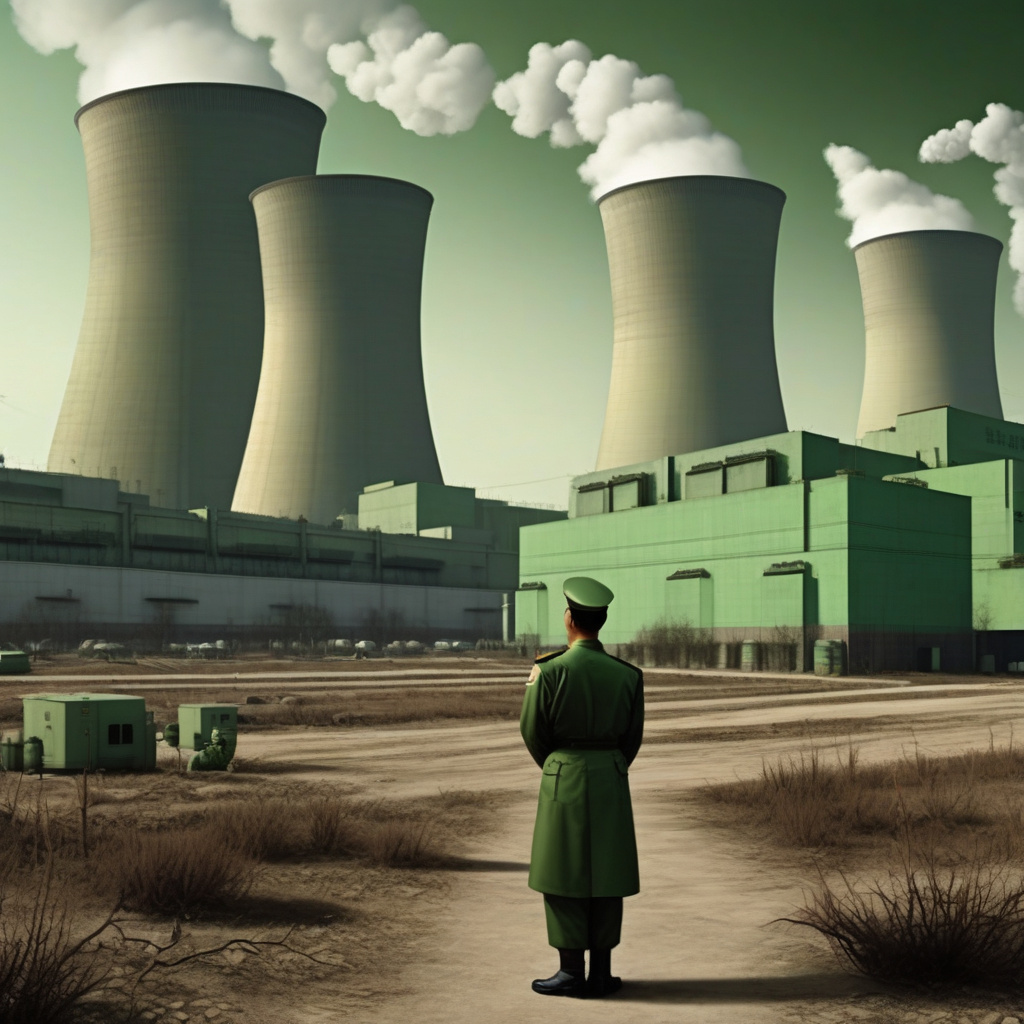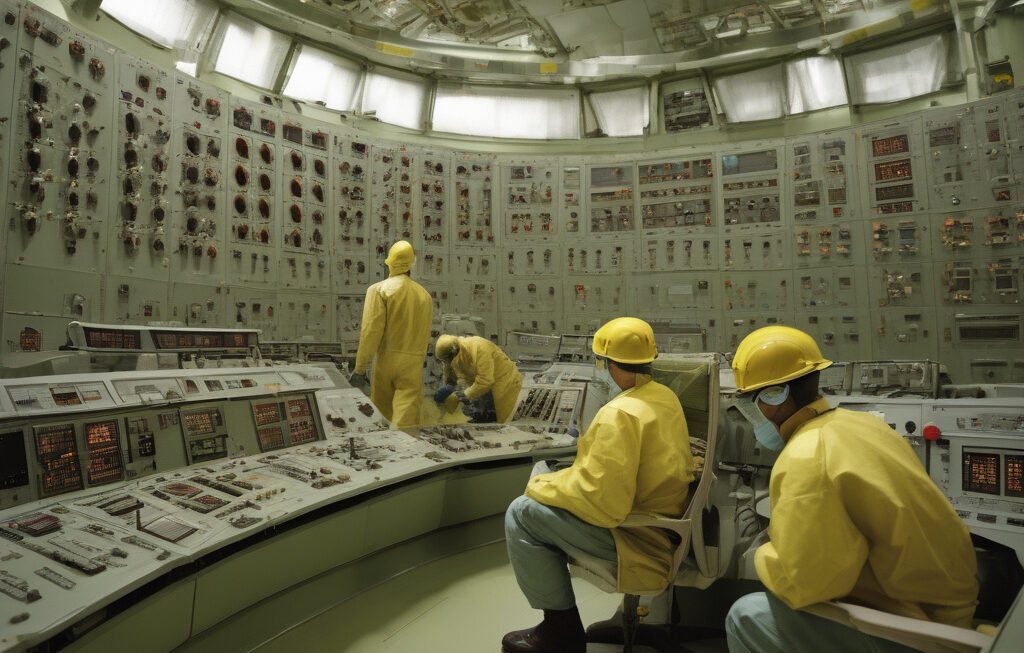China’s 102 Nuclear Power Plants Could Be Targets in Future War, Warns PLA
China’s People’s Liberation Army (PLA) has voiced concern about the safety of the country’s growing nuclear power plant infrastructure. With 102 nuclear power plants in operation and more under construction, the PLA has highlighted the vulnerability of these facilities to potential attacks in the event of a future conflict.
The PLA’s warning underscores the strategic importance of protecting these critical assets. In times of war, targeting an adversary’s nuclear infrastructure can have devastating consequences, both in terms of immediate destruction and long-term environmental impact. The potential for such attacks raises serious questions about the security measures in place to safeguard China’s nuclear facilities.
Nuclear power plants are high-value targets due to the catastrophic damage that can result from a successful attack. Beyond the immediate impact on the targeted facility, a strike on a nuclear power plant could lead to widespread environmental contamination and pose serious health risks to the surrounding population. The long-term consequences of such an attack could be felt for generations to come.
Ensuring the security of China’s nuclear power plants is not just a matter of national defense but also a critical component of environmental protection. The release of radioactive materials into the environment following an attack on a nuclear facility could have far-reaching and devastating effects on ecosystems and public health. It is imperative that robust security measures are in place to prevent such a scenario from unfolding.
In addition to physical security, cybersecurity also plays a crucial role in safeguarding nuclear power plants from potential threats. As critical infrastructure becomes increasingly interconnected through digital systems, the risk of cyber attacks on nuclear facilities has become a growing concern. A successful cyber attack on a nuclear power plant could have similarly catastrophic consequences as a physical strike, highlighting the need for comprehensive security measures that address both physical and digital threats.
The PLA’s warning serves as a stark reminder of the complex challenges involved in protecting nuclear infrastructure in an era of evolving security threats. As geopolitical tensions continue to rise, the need to secure critical assets such as nuclear power plants has never been greater. It is essential that China takes proactive steps to enhance the security of its nuclear facilities and mitigate the risks posed by potential attacks.
In conclusion, the safety and security of China’s 102 nuclear power plants must be a top priority for the country’s defense and environmental protection efforts. By recognizing the vulnerability of these facilities and implementing comprehensive security measures, China can minimize the risks posed by potential attacks and ensure the safe operation of its nuclear infrastructure for years to come.
China, PLA, Nuclear Power Plants, Security Measures, Environmental Protection











